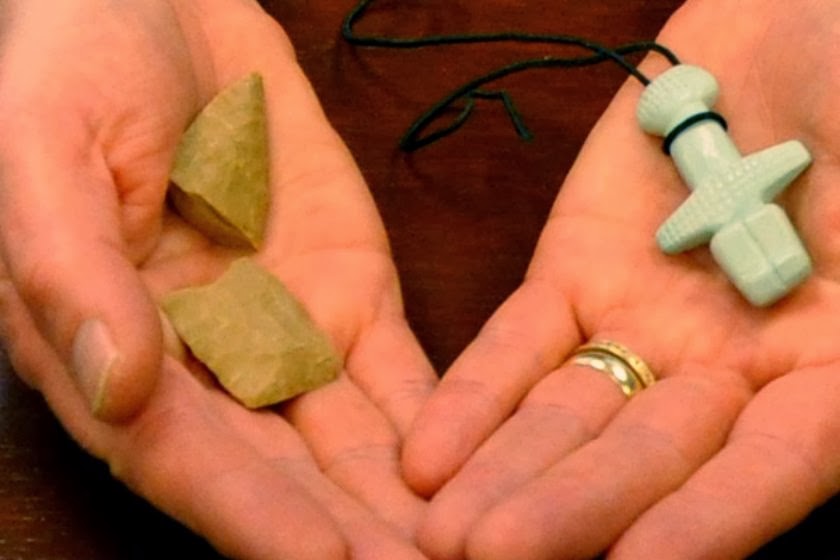Once again, the Homo erectus site of Lehberg near Haidershofen in the Lower Austrian part of the Enns (a southern tributary of the Danube River), is in the spotlight for Lower Palaeolithic research.
After the recent discovery of several well-preserved hand axes of Acheulean age dating to approximately 500,000 years ago, as well as a phallus shaped object coated with traces of ocre (see Fundsache Homo erectus, Archaeology Online 2012) a number of hammerstones were also recovered.
These hammerstones of oval quartzite and quartz cobbles come from the local Günz-gravels and have clear use marks on the longitudinal edges. However, after close examination, one of these stones revealed something quite remarkable.
Read the rest of this article...










